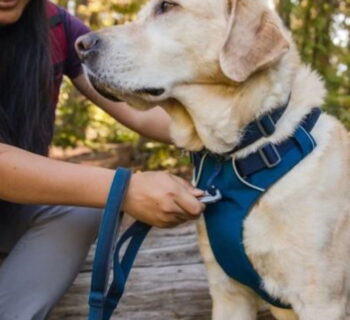Labrador retrievers are a loveable and famous dog breed that is a perfect addition to your house. There are various ways to determine if a Labrador retriever puppies is a purebred if you need clarification on it. Apart from a physical test, you can also have a professional do a DNA test on the dog to see its genetic makeup. Also, you can use its parents' DNA to get a pedigree chart of the pup's family tree if you want to be extra sure of a puppy's background.
1. Examining Their Physical Features
- You should pet the dog to see whether it has a water-resistant coat. When you run your hand over the puppy's fur and stroke its back, do you feel the hair is short and has a thick texture? If you don't feel it, there's a possibility that the puppy is not a purebred Labrador because they were bred to be water dogs, meaning their coats resist water.
- You should inspect the puppy for a thick, sturdy tail. If the puppy's tail is narrow and spindly, then there's a chance it's not a purebred. It would help if you never forgot that its tail will become big and thick as it ages.
2. You should Do A DNA Test
- To get the puppy's DNA sample, you should swab its mouth. Buy their genetic tests that will provide you with a specialized testing kit. It would help if you used the given swab to get a better sample of the puppy's saliva or the cells inside their cheek according to the commands given in your kit. You should also examine the controls on your DNA kit to see if something has to be collected or filled out before readying the sample to mail.
You can buy Labradors DNA kits online. Generally, they range from $70 to $200, depending on how detailed your test is. Some tests focus on genetic markers, while others focus more on the different breeds.
- The sample should be sent to a professional analysis company. The commands given by the company should pack the saliva sample. The envelope or package should then be sealed carefully to secure the model. You can contact the analysis company for assistance if you need clarification about any step of the packaging procedure.
3. Analyze The Parentage
- Get a DNA sample from the puppy's parents. You can ask the breeder or shelter officials whether you can see the puppy's mother and father. Use a cotton swab to gather saliva samples from either one or both parents. Then store these samples carefully to send them to a professional company.
- Mail the samples to a company that specializes in pedigree analysis. First, pack the package according to the lab's instructions, seal the envelope or package to keep the sample safe, and then keep it secure in transit.









